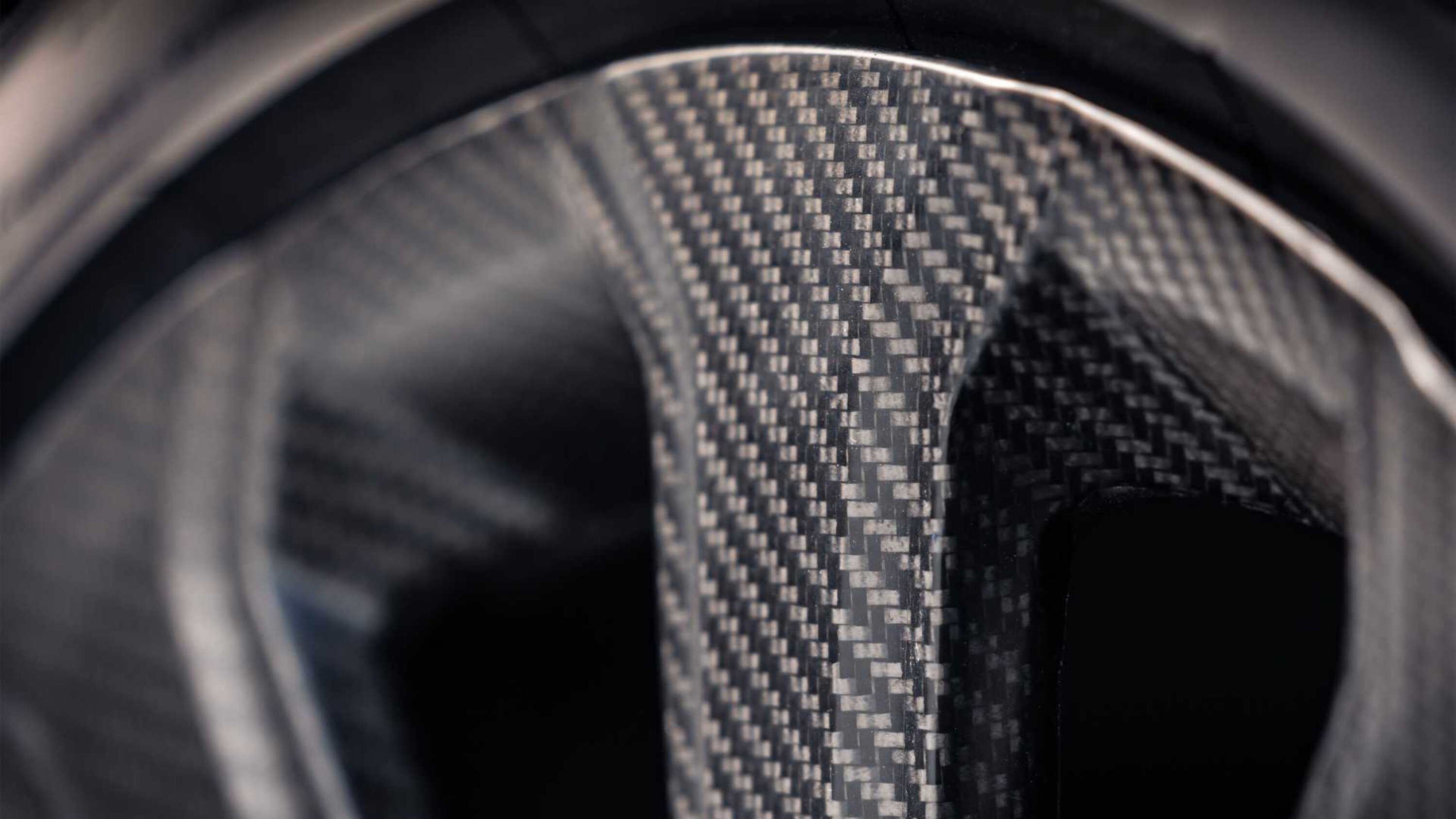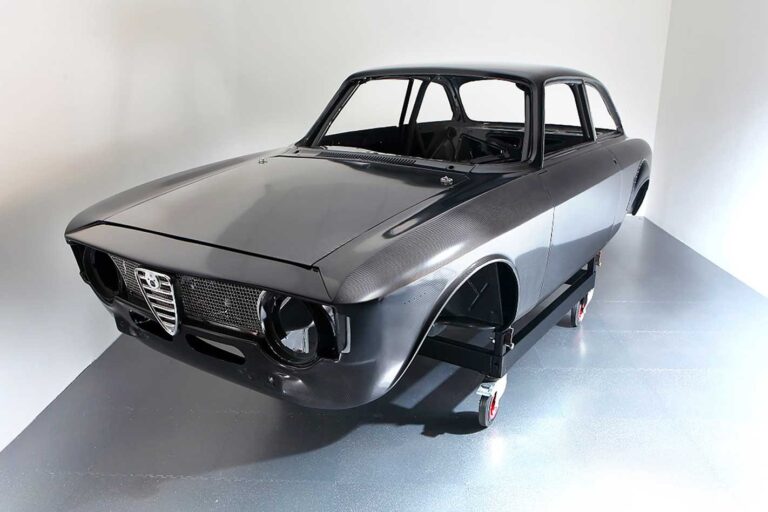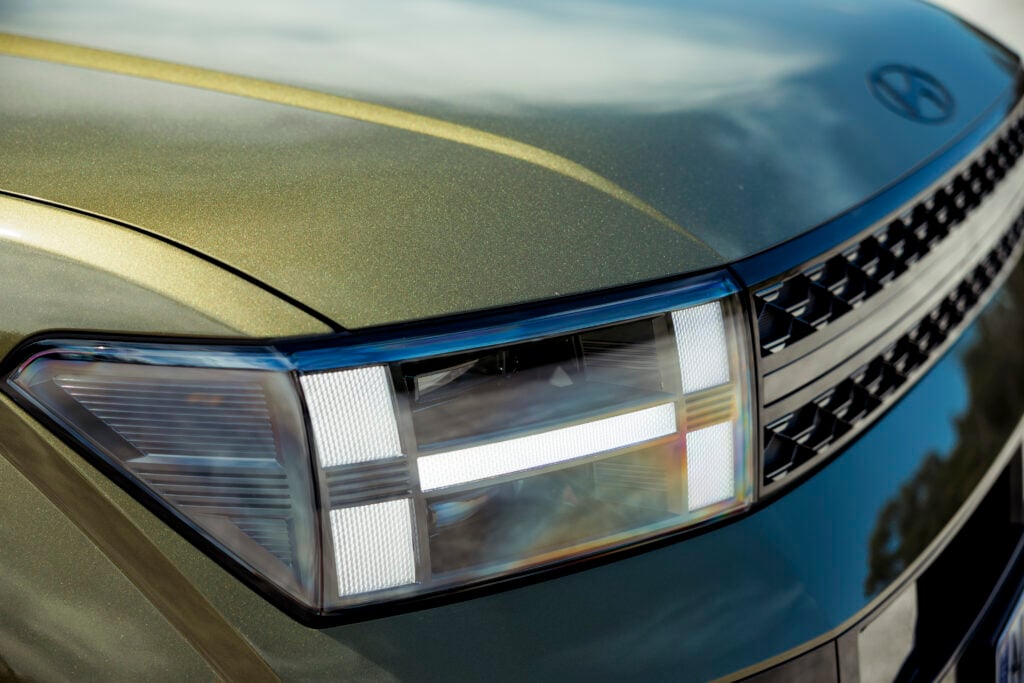Everyone should own at least one thing made of carbon-fibre.
It doesn’t matter if it’s a ballpoint pen or a 30-metre super maxi, possessing an item that’s made from carbon-fibre reinforced plastic serves as a constant reminder of just how exceptionally cool and impressive this composite material is.
First used in the aircraft industry in the 1950s, CFRP is now in everything from bike frames to artificial heart valves and, of course, along the way, the miracle material found its way into the automotive realm.

There’s no doubt Formula 1 and race cars generally wouldn’t be as safe today if someone hadn’t wondered what would happen if you glued a bundle of tiny whiskers together in epoxy resin 60 years ago.
And I’m absolutely certain that the McLaren Artura I recently drove wouldn’t have misshapen my face with quite the savagery it did if its new passenger cell wasn’t built using the latest composite material technology. But you really can have too much of a good thing and I feel the car world is excessively dominated by carbon-fibre today.
I’m not talking about its use in building monocoques or ultralight wheel rims because I love cars that can hit 100km/h in 3.0 seconds and corner at light speed.

But where the car industry has become utterly obsessive about carbon-fibre is its use decoratively.
If you need a good example, look no further than tasteless car modifier Mansory which has built a business ruining luxury cars by replacing all their body panels with carbon copies and then adding 400 extra carbon-fibre pieces in the form of spoilers, ducts, splitters and fins.
The result is a ‘finished’ vehicle that looks as though it was penned by a six-year old (no offence to our younger readers) and weighs more than if it had been cast in tungsten.

And unfortunately, everyone is at it.
Virtually every premium car brand and some others currently offer options to replace perfectly functional and aesthetically pleasing parts of a given model with carbon-fibre equivalents, which add no performance benefits and, in some cases, are actually heavier than the part they replace. More significantly though, they’re expensive.
Adding the full exterior carbon pack to the Lamborghini Huracan STO, for example, adds another $40,000 to the bottom line. Mansory asks several hundred thousand for a car that it couldn’t even be bothered to paint, while Bugatti once charged an extra $400,000 for a Chiron that had been visited by the carbon fairy.

carbon-fibre has a very special place in the automotive realm. But if you love it as much as I do, save your cash
I understand that some car fans enjoy the uniform appearance of carbon-fibre matte or the chaotic swirls of so-called forged carbon-fibre, but if you’re prepared to decorate a car in a material that is pretty but structurally unnecessary then why not get your door trims in polished granite?
Or maybe a crystal gear selector, or solid gold bonnet badge? Unfortunately the last laugh is on me here because, albeit absurd, those have all previously been offered as options by Maybach, BMW and Bentley respectively.
carbon-fibre has a very special place in the automotive realm. But if you love it as much as I do, save your cash from the outrageous options list and put it towards a new pushbike, tennis racquet or F22 Raptor. Unlike carbon trims, all three work better than the alternative.
We recommend
-
 News
NewsAlfa Romeo restomodder replicates GTA body in carbon-fibre
Alfaholics recreates classic GTA’s body in carbon-fibre to hit the 300hp/tonne mark
-
 News
NewsBentley to offer largest-ever carbon-fibre wheels
The company says they’ll be the biggest of their type on any production car
-
 News
NewsAustralia now a carbon fibre manufacturer
New technology allows Australia to create “world’s best” carbon fibre






